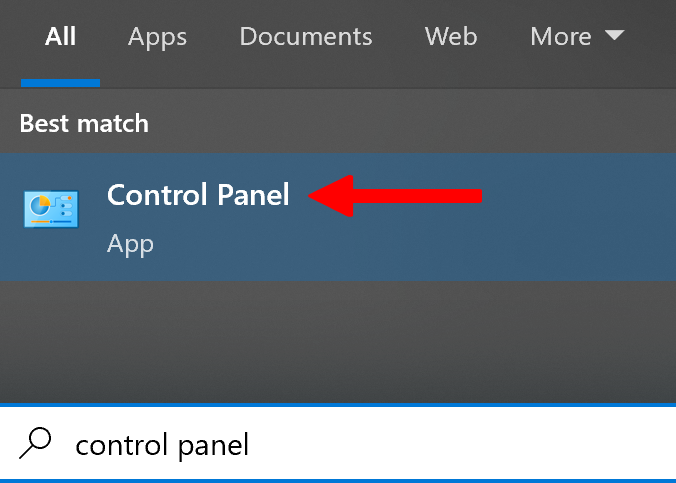Email is a vital means of communication. You use it for personal contact with family and friends, but you also use it for business correspondence with your team for projects and other company-related activities. So it’s not a nice feeling when you get email-related problems out of nowhere. When an Exchange user or administrator attempts to access the account via OWA (Outlook Web Access) and is unable to access mailboxes due to HTTP Error 503 in Exchange 2013, the service is unavailable. We’ll go over some ideas in this part to help you repair the problem, as there are a variety of things that might cause an error. In this blog, we will be looking at solutions to help users resolve error 503 and find possible solutions to help prevent the error from occurring again. We will also address some of the issues that can cause error 503 so users are more aware of what they are dealing with and what approaches they need to take to resolve error 503. Follow the step-by-step process below to see how you can resolve error 503.
Step by step process – How to fix Outlook web access error 503
- Click “Control Panel” on the Start screen.
- Then, under “System and Security,” select “Administrative Tools.”
- Double-click “Internet Information Services (IIS) Manager” in the Administrative Tools box.
- Locate your EX HTTP portal, this should be in the start page section.
- Click on “Sites”.
- Click on EBE (Exchange Back End).
- On port 444, SSL is not allocated to the https (Default).
- Finally, change the SSL configuration to the proper certificate, OWA/ECP is operational again.
The log entry must include the URL of the site you’re trying to access as well as the application pool that’s being used. Ascertain that the appropriate application pool is being used for the site. Assume you’re using the Sharepoint Web Services Root application pool to access the “/owa” website. The MSExchangeOWAAppPool application pool is used by the OWA application in this case. However, Internet Information Services are misconfigured (IIS). Following these coherent steps will allow you to resolve the errors persistent and related with code error 503.
On the Windows operating system, an IIS web server operates on the Microsoft.NET framework. While running IIS on Linux and Macs with Mono is feasible, it is not recommended and is likely to be unreliable. (There are additional possibilities, which I’ll discuss later.) It’s adaptable and reliable, and it’s been widely used in manufacturing for decades. The most recent version is 10. You’ll see this welcome page in your browser after it’s been installed.

Exchange HTTP Error 503: The Most Common Cause The Service isn’t Working
When a client submits a request to the server, the server performs a series of processes before returning the response to the client. All of this is now done through Internet Information Services (IIS). Microsoft’s most diverse and powerful web server is this one. It’s primarily used to host an ASP.NET Web application for the user. It is possible that IIS will cease operating as a result of which the website will not accept requests on all of its bindings. Furthermore, it prohibits any subsequent requests from being acknowledged by the website’s application. Furthermore, the new website connection begins to fail as if it never existed. When a user tries to connect through HTTP (ECP/OWA) or MS Outlook in this instance, he or she receives the error Exchange 2013 ECP HTTP error 503, service is unavailable.
What Exactly Is A Web Server?
The internet is really useful. Web servers are also required for the internet to function. But what is a web server, exactly? Let’s describe it in the abstract so we can see how IIS performs this function.
A web server is a computer program that hosts web applications. A web server enables an application to process messages sent across particular TCP ports (by default). The default port for HTTP transmission is 80, whereas the port for HTTPS traffic is 443.
Unless the webserver is set to handle traffic on ports other than the default, you usually don’t provide the port number when visiting a website in your browser. When you visit http://www.example.com, your request is implicitly sent to port 80. If you want to use http://www.example.com:80 or https://www.example.com:443 for TLS, you may provide the port number (Transport Layer Security).
If your web application is set with the default configuration with TLS, all inbound traffic to ports 80 and 443 will be received by the webserver. It is up to the webserver to handle the traffic from there. There are several ways for the webserver to handle those requests.
In depth – Step by step process – How to fix Outlook web access error 503
- Type “Control Panel” into your Windows search bar and click the application.
- Or open IIS directly by pressing Windows Key + R, typing inetmgr and pressing Enter.

- Click on “System and Security.”

Then scroll down to “Administrative Tools.”

- Double-click “Internet Information Services (IIS) Manager” in the Administrative Tools box.
- Locate your EX HTTP portal, this should be in the start page section.
- Click on “Sites”.
- Click on EBE (Exchange Back End).
- On port 444, SSL is not allocated to the https (Default).
- Finally, change the SSL configuration to the proper certificate, OWA/ECP is operational again.
When using OWA to access an Exchange account, HTTP error 503 is one of the most typical problems encountered. When a user meets such an issue, it becomes difficult for him or her to focus on his or her task, and the workflow is disrupted. Thus, in the preceding part, we discussed many techniques for resolving Exchange HTTP error 503. The problem is that the service is unavailable.
That’s it for this Blog thank you for taking time out to read our content, please feel free to email our team about how it went if you followed the steps or if you need more help with the questions we answered in this Blog.



